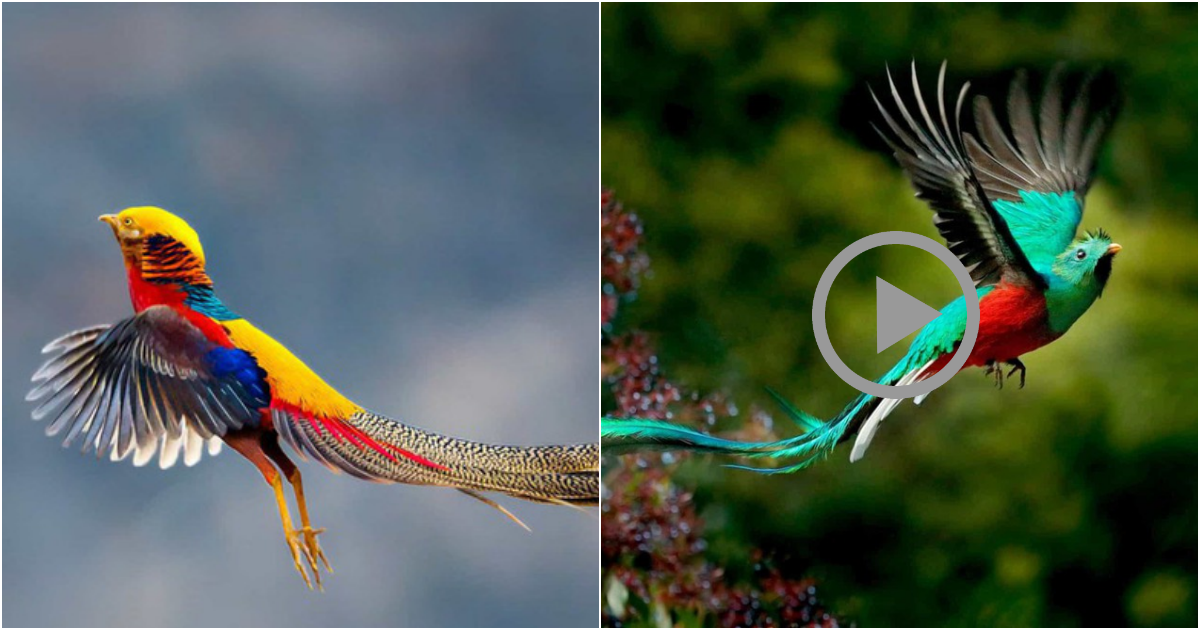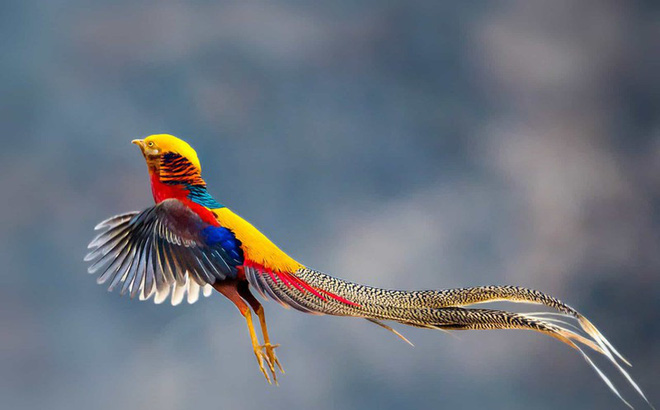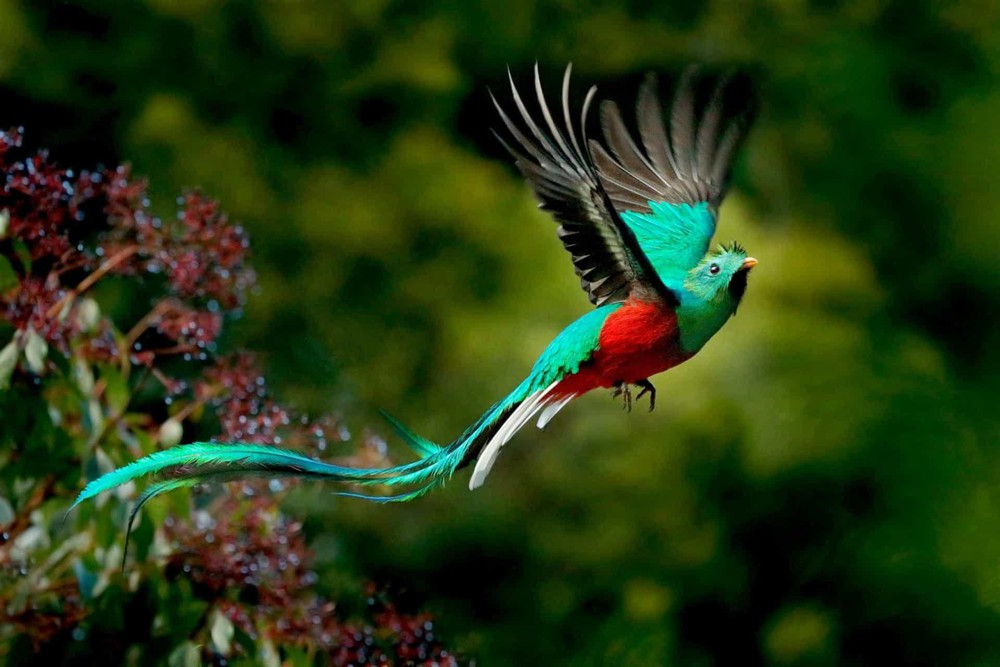The Fascinating Phenomenon: Why Male Birds Outshine their Female Counterparts

In the avian world, male birds often possess vibrant and elaborate plumage, which makes them more attractive than their female counterparts. This stands in contrast to humans, where women generally pay more attention to their appearance compared to men. However, in the avian kingdom, the majority of male birds are larger and adorned with colorful feathers, while females are often smaller, have duller plumage, and blend in with their surroundings. For example, the pheasant, commonly found in mountainous regions of China and referred to as the “wild chicken,” features male pheasants that exhibit dazzling displays. They have brightly colored feathers, fiery red eyes, a silver collar of feathers around the neck, a purple belly, a sky-blue waist, and long, golden-brown tail feathers. On the other hand, female pheasants are modest, sporting earthy yellow feathers with a few brown-black spots.

So, why are male birds typically more beautiful than females? Biologists suggest that this phenomenon can be attributed to the majority of bird species practicing “polygyny,” where beautiful plumage has become an effective strategy for male birds to attract multiple mates. When male birds exhibit captivating and mesmerizing appearances, they can outcompete others and secure more females, which is advantageous for their survival and reproduction. In the majority of bird species, females bear the burden of responsibilities such as egg incubation and rearing offspring. Since female birds need to remain in the nest for extended periods while incubating eggs, having overly colorful plumage would make them more susceptible to predation. Conversely, dull and dark plumage helps them blend into their environment, providing protection and allowing them to focus on nurturing their chicks.
The greater beauty of male birds, which often surpasses that of females, is linked to their mate selection process and reproductive habits. It is a result of long-term adaptation to their environment.




